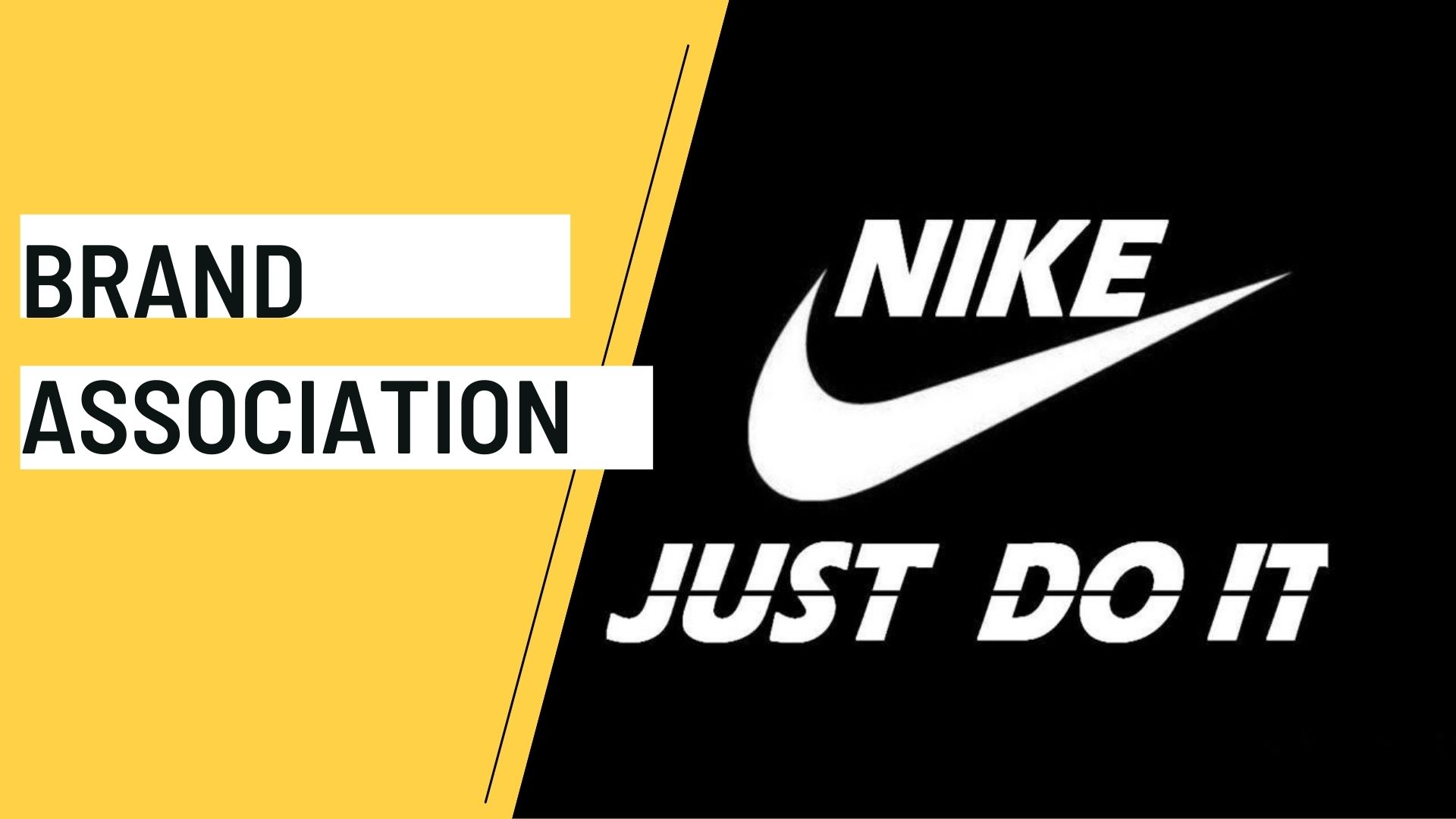Brand association is the perception, image, or symbol a business or brand associates with for instance the Swoosh of Nike which is considered as one of the most recognizable brand logos. The same sorts of brand associations are there with Nokia sound or Blue color with Pepsi.
All in all, brand associations are the mental connection amongst a brand, its concept, and target audiences. It is related to the thoughts that pop into the mind when an individual thinks about a brand. Consumers recall a brand because of the brand association.
What is Brand Association?
Brand association refers to certain concepts, emotions, images, places, objects, or experiences that a brand is mentally linked to.
For a customer, this would be the first thing that pops into their minds when thinking of a brand, such as Coca-Cola. Commonly, it is associated with its stylish logo, the color red, and ideas of freshness, youth, friendship, etc. The person might also recall a place where they found a different Coca-Cola flavor. These become the brand associations of Coca-Cola.
While a brand has little control over what becomes associated with them, it is possible to influence brand association to benefit the company. So, brands can become associated with positive thoughts and ideas that inspire purchase behavior rather than make people walk away.
Types of Brand Associations
Brand association is a rather wide concept that includes almost anything tangible and intangible that people mentally attached with a brand name. These are unique for every customer, and these associations’ nature can directly or indirectly affect sales.
However, it is a way of building value and awareness about a brand, so companies spend many resources to control the narrative in forming positive brand associations. There are five types of brand associations:
1. Based on attribution
This involves brand association formed through physical or external aspects of the brand or product. For example, the look of the product, slogan, packaging box, product quality, price, fonts used, colors, etc.
2. Based on interest
Some associations are formed simply out of interest. This interest may be gained through brand values, product claims, unique ads, innovative design or formulation, prizes, etc. A sporty consumer might associate Nike with her favorite sport, equipment, sportspersons, etc.
3. Based on attitude
Customers and their attitudes can also lead to the formation of brand associations. Attitudes are perceptions in the minds of people about the world around them. The values projected by brands like Nike are fitness, health, exercise, and sports, which are then reflected in their marketing campaigns. This induces associations from customers who link the same attitudes with the brand.
4. Based on celebrity endorsements
A brand using a well-known celebrity is often a way of influencing brand association through endorsements. Whenever a customer sees this celebrity with the brand on billboards, ads, or social media, its association gets stronger. But if a customer does not like the celebrity, the brand’s sales might have to suffer due to their brand associated with that celebrity.
5. Based on benefits
This type of brand association takes place through the benefits of the product or brand. These benefits can be related to the functions of the product or feelings or symbolic advantages. For example- a Lakmé product offering a “matte finish” benefit.
Importance of Brand Association

Brand association is a powerful tool that subconsciously manipulates the attitudes of customers toward a brand. Its importance is as follows:
1. It helps in brand recall
It helps customers recall a larger picture of what the brand stands for. It is not a brand that people choose but rather what it has to offer to its customers. A solid brand association helps customers easily recall these aspects and familiarise themselves with their products, claims, etc.
2. It gives brands a competitive advantage
It is useful in giving a competitive edge to brands as different brands have different brand associations. Hence, brand associations make it easier to differentiate one brand from the other to make more informed choices.
3. It boosts sales of all brand products
Positive brand association is not only a beneficial tool for the current products or services in place, but it can work its magic on sales of any new product without the need for marketing or promotions.
Wrap Up!
It is the goal of every company to be the first brand associated with their industry. For example, the first few brands recalled when thinking of sports could be Nike, Adidas, Puma, etc.
With desirable brand associations, there are plenty of benefits that bear results throughout a brand’s lifecycle. To turn a brand into a legacy, the brand association is vital in a company’s plans.
How effective do you consider brand associations for optimizing the presence and recognition of a brand? Share your opinion with us in the comment section below.
Pinky is an MBA in Marketing from the University of Mumbai. She loves helping people out in learning Marketing and sharing latest ideas and tactics for growing businesses.
